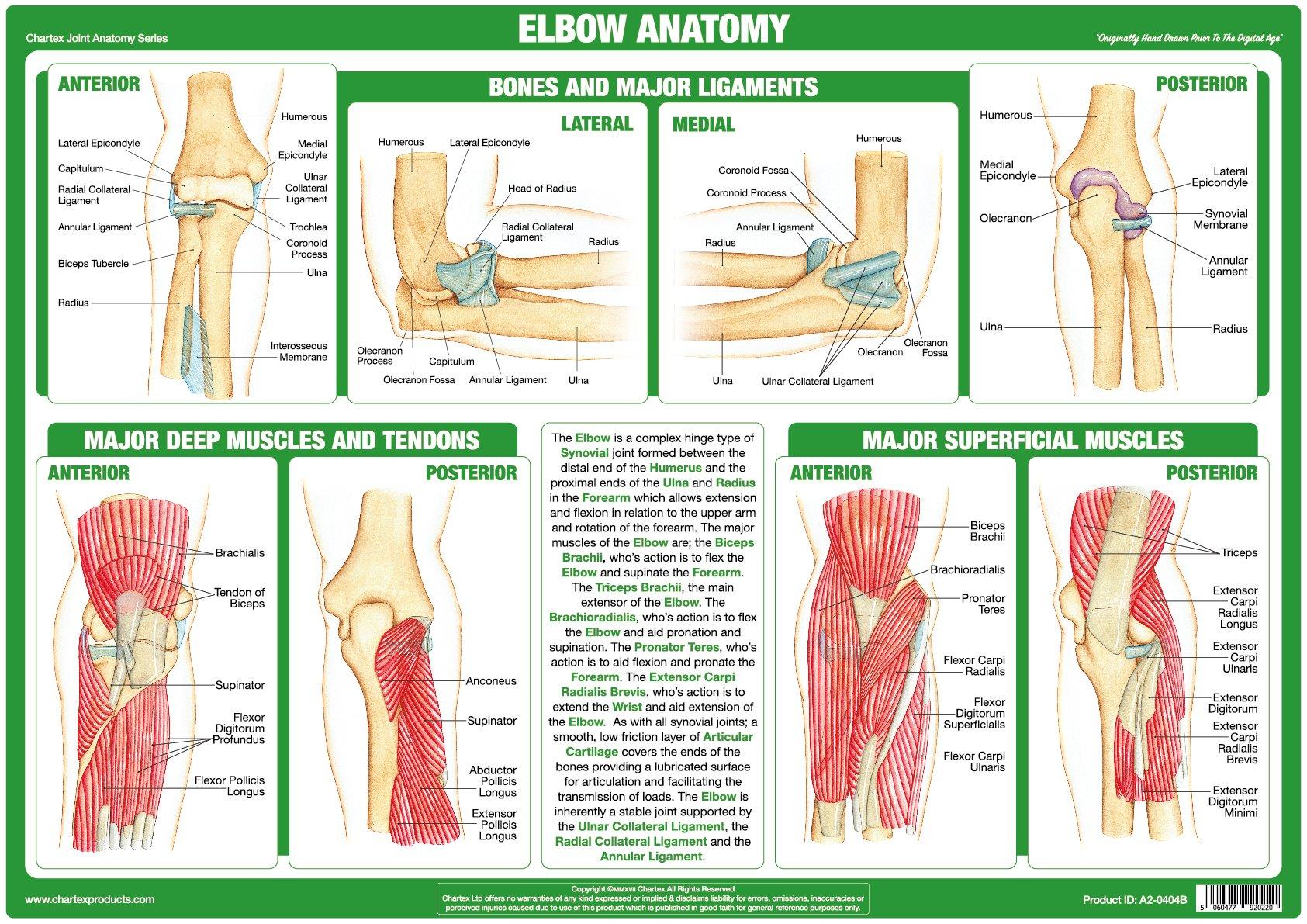Have You Ever Thought About Your Elbow?

Chances are, you use your elbow all day—lifting groceries, opening doors, or just reaching for your phone—without giving it a second thought. Many people believe elbow pain or stiffness is just part of getting older or playing sports, but that’s only half the story. In reality, your elbow joint plays a starring role in almost every move you make, and how you treat it today can shape your comfort and independence for years to come.
What Exactly Does Your Elbow Do?
Think of your elbow joint like the hinge on a sturdy toolbox. Just as a hinge lets the lid swing open and closed, your elbow allows your arm to bend and straighten smoothly. But it does even more—thanks to its clever design, you can also rotate your forearm to turn your palm up or down, making everything from eating soup to typing possible. The elbow connects three bones (the humerus in your upper arm and the radius and ulna in your forearm) and is held together by tough ligaments, cushioned by cartilage, and powered by muscles. When all these parts work together, your arm moves with strength and precision.
Imagine if the hinge on your toolbox got rusty or bent—it would be hard (and maybe painful) to open. In the same way, problems with your elbow’s parts can slow you down or cause discomfort during everyday tasks.
3 Elbow Problems You Shouldn’t Ignore
- Tennis Elbow (Lateral Epicondylitis): Despite the name, you don’t have to be an athlete to get this. Tennis elbow happens when you repeatedly use your forearm muscles—like when typing, lifting, or even painting. Tiny tears develop in the tendon on the outside of your elbow, leading to pain and weakness. If ignored, everyday tasks like shaking hands or turning a doorknob can become difficult and painful.
- Elbow Bursitis: This occurs when the small, fluid-filled sac that cushions your elbow (the bursa) becomes swollen and irritated. It can result from leaning on hard surfaces, a bump, or an infection. If left untreated, swelling can increase and infection may spread, sometimes requiring medical intervention.
- Sprains and Strains: These injuries happen when you stretch or tear the ligaments (sprain) or muscles/tendons (strain) around the elbow—often from falls, lifting heavy objects, or sudden twists. Ignoring them can lead to chronic pain, joint instability, or even permanent loss of movement.
Elbow Health: Separating Myths from Facts
- Myth: “Elbow pain only affects athletes.”
Reality: Anyone can develop elbow problems, especially if you repeat the same motions at work or home. Overuse injuries are common in office workers, gardeners, and parents, not just sports enthusiasts. Believing this myth can delay getting help or making healthy changes. - Myth: “If your elbow hurts, you should completely stop moving it.”
Reality: While rest is important at first, gentle movement and stretching usually help recovery. Keeping the joint still for too long can make it stiff and weak, slowing your return to normal activities.
6 Ways to Keep Your Elbow Joint Happy and Healthy
- Stretch and Warm Up Before Activities: Warming up helps your muscles and tendons become more flexible, reducing the risk of tiny tears. Try gentle arm circles or wrist stretches for 5 minutes before yard work, sports, or even heavy cleaning.
- Strengthen Your Arm Muscles: Strong biceps, triceps, and forearm muscles support your elbow and absorb stress. Simple exercises like light weightlifting or squeezing a soft ball a few times a week can make a big difference. Start slow and increase gradually.
- Use Proper Technique: Whether lifting boxes or typing, using the right form prevents extra strain on your elbow. Keep your wrist straight, lift with your legs (not your back or arms), and take breaks if you’re doing repetitive tasks.
- Avoid Leaning on Your Elbows: Resting your elbow on hard surfaces can irritate the bursa, causing swelling and pain. Use a soft pad at your desk or try to break the habit altogether.
- Listen to Your Body: If you start to feel soreness, stiffness, or tingling, don’t push through it. Take a break, ice your elbow, and gently stretch. Early action can prevent a minor problem from turning into a major one.
- Stay Hydrated and Eat Well: Joints need good nutrition and fluids to keep cartilage healthy and reduce inflammation. Drink water throughout the day and include foods rich in vitamin C (like oranges and bell peppers) and omega-3s (like salmon or walnuts) to support joint repair.
Warning Signs It’s Time to Talk to a Doctor
- Severe or Sudden Swelling: If your elbow balloons up quickly, it could mean bleeding, infection, or a major injury. Waiting can allow serious problems to get worse or spread.
- Inability to Move or Straighten Your Arm: This might signal a dislocation or fracture. Getting help right away is key to avoid long-term stiffness or nerve damage.
- Redness, Warmth, or Fever: These are signs of infection in the joint or bursa. Infections can become dangerous quickly and may require antibiotics or drainage.
Your Daily Elbow Health Checklist
- ☐ Warm up and stretch before repetitive tasks or exercise
- ☐ Practice good posture and lifting techniques
- ☐ Take short breaks every hour from typing or manual work
- ☐ Avoid leaning on your elbows on hard surfaces
- ☐ Drink plenty of water and eat joint-friendly foods
Your Strongest Move: Caring for Your Elbow Every Day
The elbow is more than just a hinge—it’s your key to doing everything from high-fives to heavy lifting. Remember: prevention is easier than recovery, and small daily habits can keep your elbows flexible, strong, and pain-free for decades. By understanding how your elbow works, spotting early signs of trouble, and making a few smart changes, you’re investing in your freedom and comfort for life. Every day is a new chance to take care of yourself—start with your elbows today!